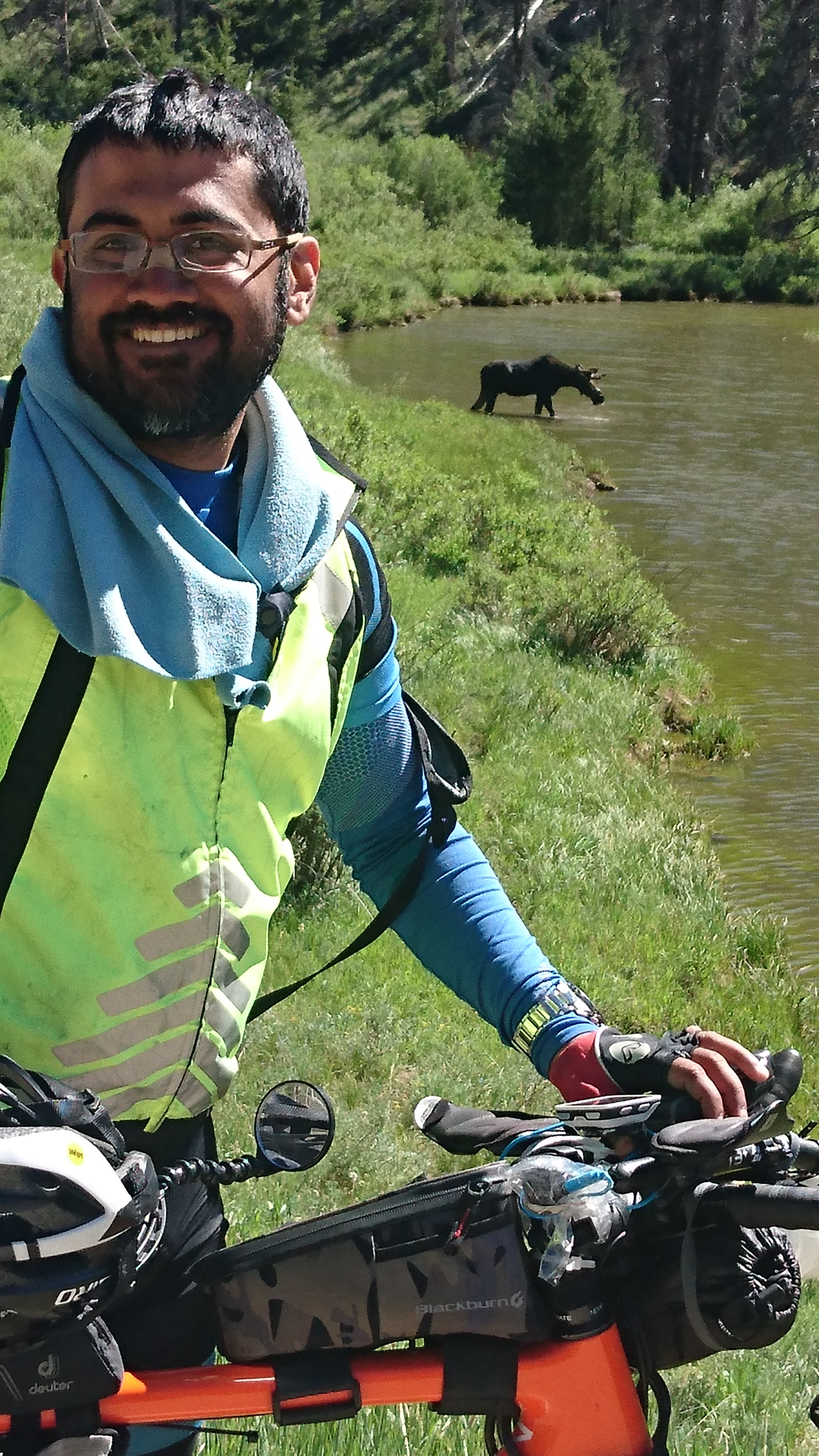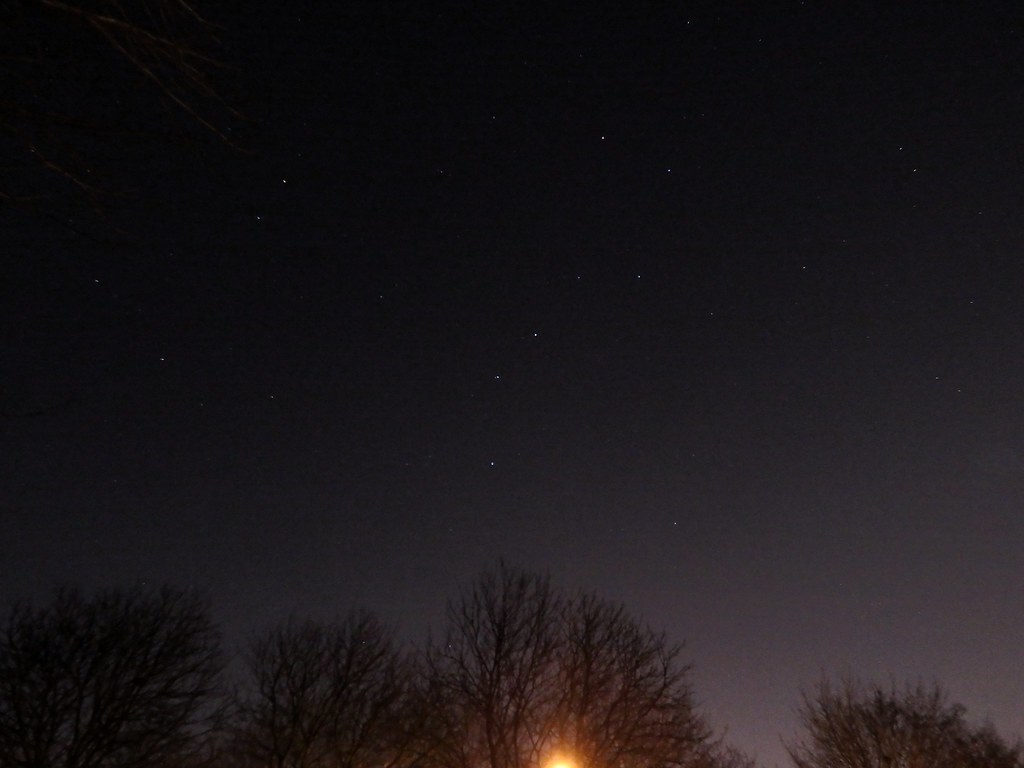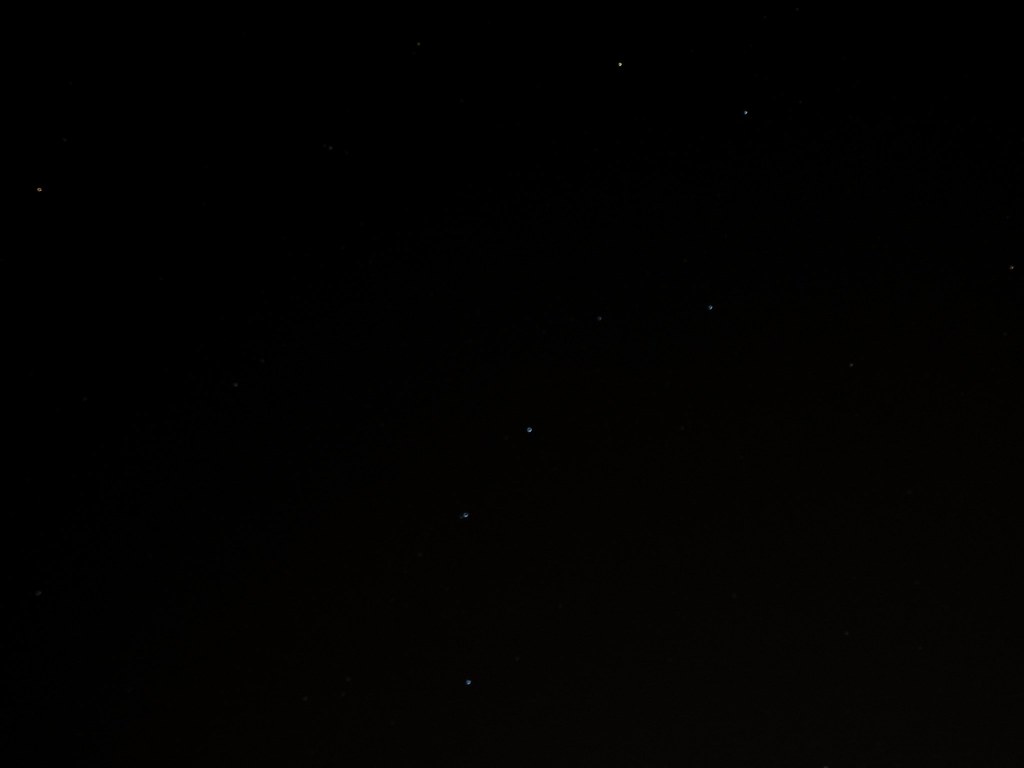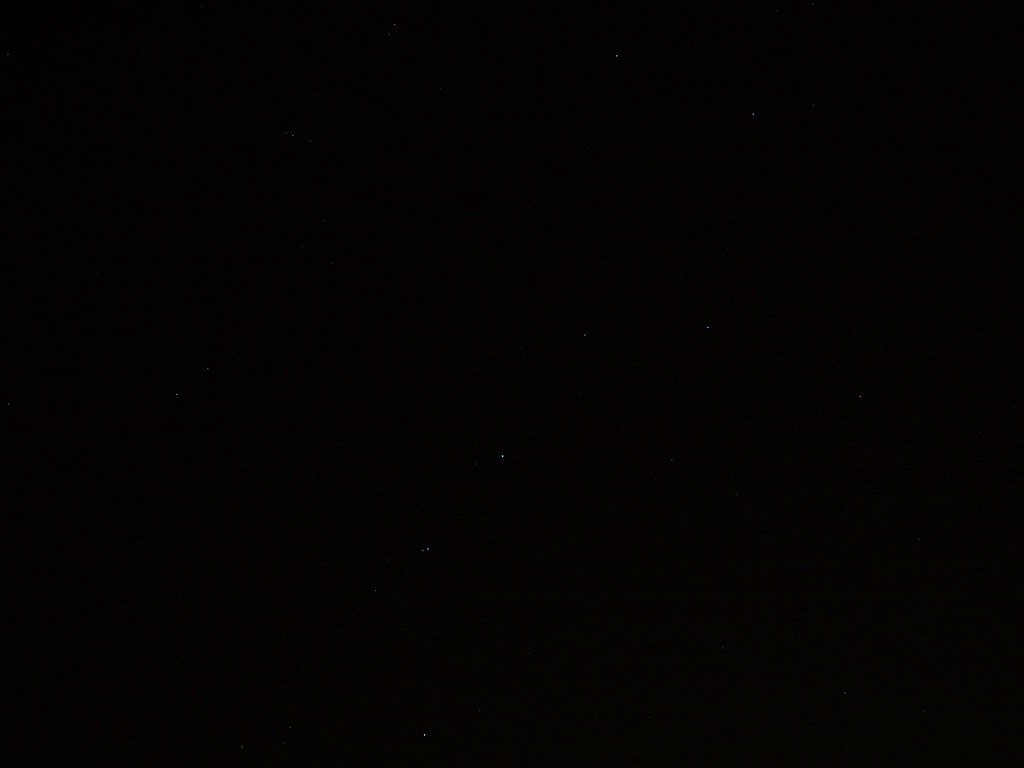Shooting the Ursa Major
Star gazing and photography requires a lot of luck, patience, and right timing. Due to the rotation of the Earth around its axis, what we get to see moves and changes, slowly, but constantly, meaning that some stars are pretty much right below our feet, across the other side of the Earth! It was amusing to see a friend initially struggle to grasp this, as he was trying to find stars using Google Sky Maps. Sometimes, geographical location can also help or hinder sighting. A bunch of sky scrapers could hide a constellation behind it, or it could be just below the horizon, meaning you'll only be able to see it if you are at a considerable elevation yourself and have nothing blocking your overlooking gaze. The best star photography can be done on days with perfectly clear skies and with a new moon, as the moon itself adds a lot of glare, reducing the contrast in the night sky.
Tonight, as I was riding home from work, though there was a fairly bright moon, the skies were unusually clear, and the first thing that I spotted was the Great Bear aka Big Dipper. I hadn't seen such clear skies in a long time and I hadn't spotted the Great Bear in a long time, so it quite took my breath away. Since I'm only just beginning with star gazing, I'm yet to find sweet spots around where I live, where I can get a nice unrestricted view of the sky, preferably with miminal artificial light pollution. I explored a couple of places, before settling for relatively ok spot which was practically in my backyard. I set up my gear and tried various settings, but no matter what I did, I simply couldn't see the stars from The Great Bear, on my LCD screen. I decided to bump up the ISO and simply try a test shot, with a 5 second exposure, to see if I could get anything.
While the light pollution was rather high, I could at least see the stars, and that meant that the session was 'go'. When I took the above shot, I was unaware of which stars of the Big Dipper pointed at the Pole star, so I didn't know where to look. Later, though, I found out where to look and realized that I could have easily got both the Big Dipper and the Pole Star in the same frame, had I only tilted the camera a tad more, after the test shot!
Star photography is time consuming, as one uses longer exposure times and the camera adds its processing time to the total time, meaning that each shot can take a minute or more. When you add to that the number of adjustments and test shots you need to make, you burn through a couple of hours before you even realize it!
This one's a 30 second exposure, at f/4.2, exposure bias -2 EV and 125 ISO.
This one's a 10 second exposure, at f/4.3, no exposure bias, 125 ISO and a manual focus set to infinity.
Even as I was looking to shoot something else, thick clouds rolled in, effectively saying "That's all, folks!", and that was all for the day!



